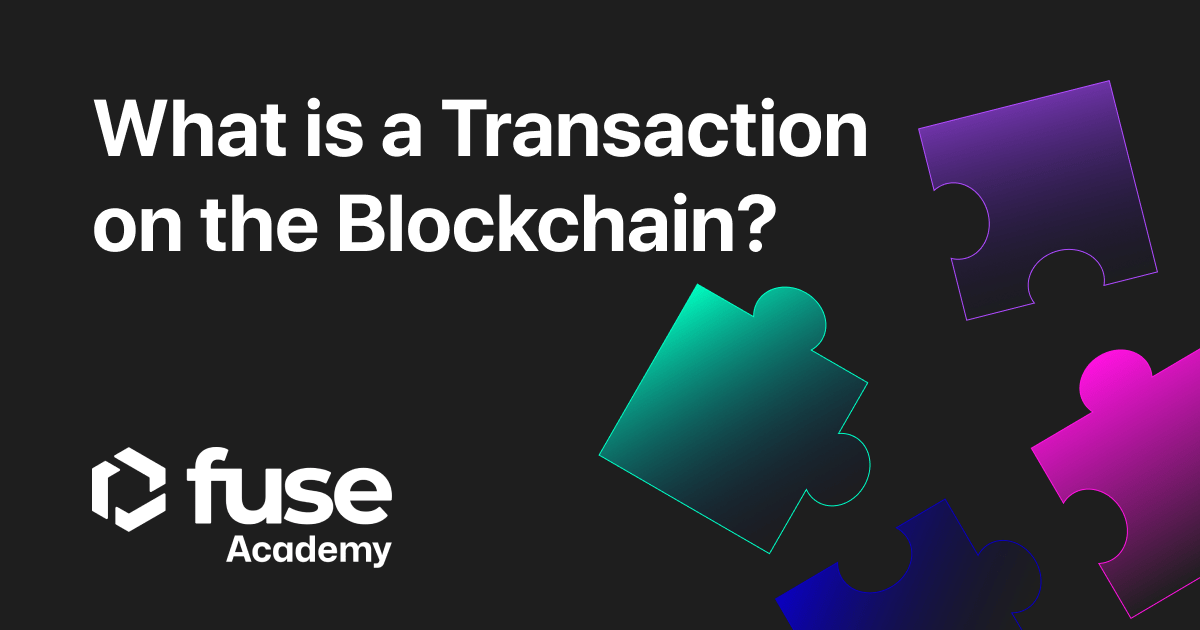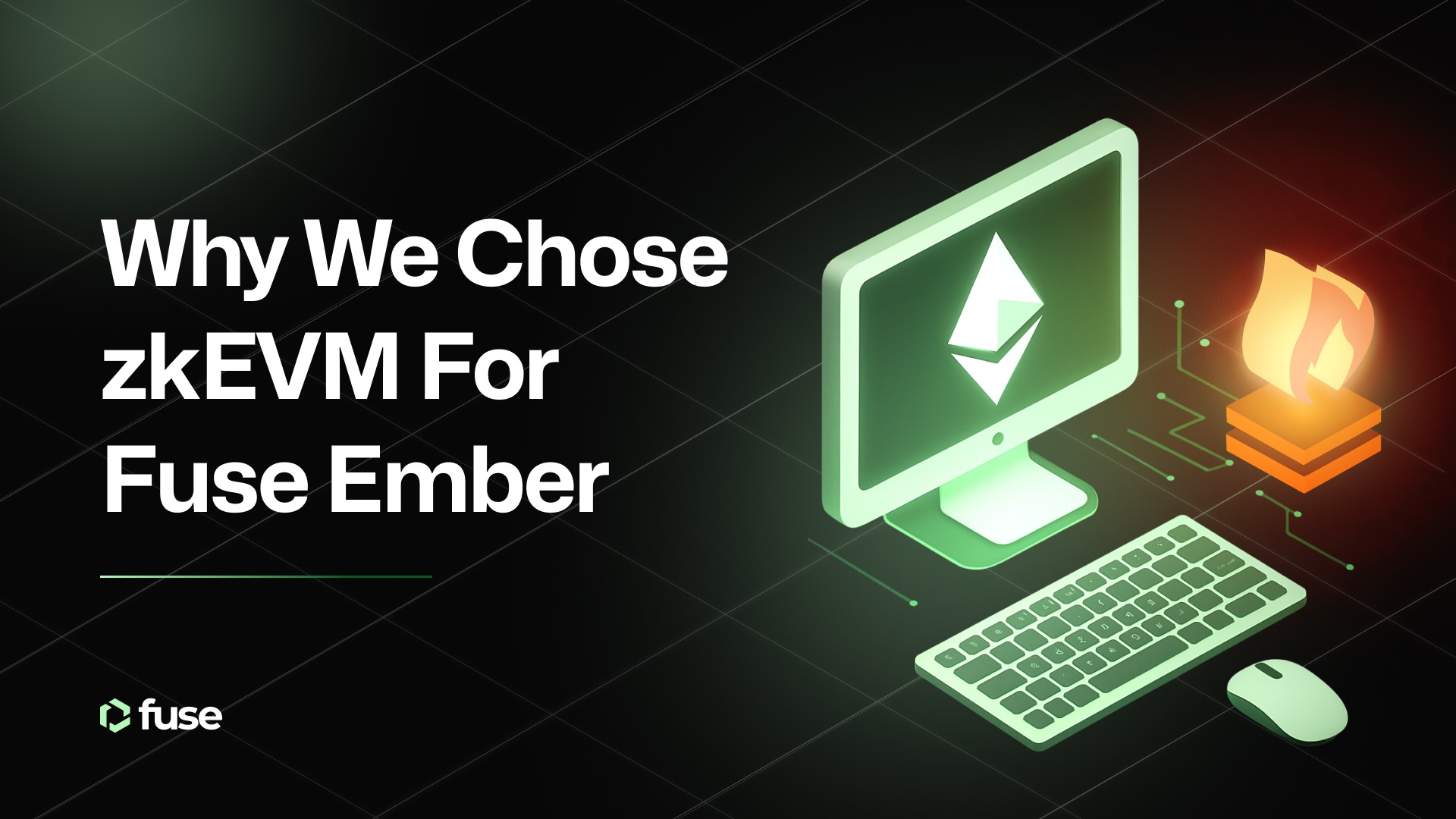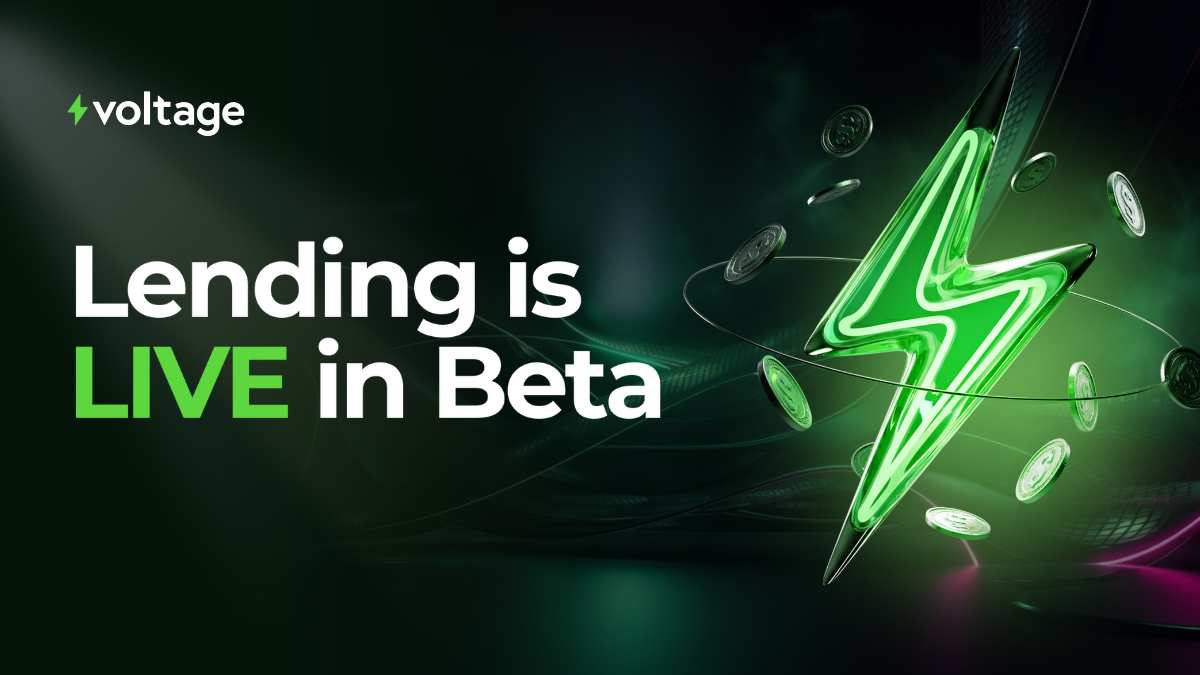Transactions are the financial industry’s backbone because they facilitate buying and selling. Transactions enable countries to import and export their goods and allow people to travel to new places by exchanging currencies. There has been a revolution in how transactions are carried out, including internet and blockchain payment.
A transaction can be as straightforward as going to your grocery store to purchase some goods or as complex as somebody in the United States trying to buy a pair of sneakers from an online store in China with a credit card. The transaction involves a complex verification process and the exchange of different currencies by multiple banks.
The traditional payment way
In past transactions, for example, someone who desired to travel to a new territory in 1935 will have to convert his money to transact with a new country. But with the arrival of credit card payments and internet payment companies like PayPal. You can travel with your credit card and complete all your payments by withdrawing cash with your credit card or making payments through point of sale (POS). Your bank will facilitate these payments through the help of a card payment processor.
Enter blockchain and DeFi
Another form of payment that is more permissionless, borderless, and allows anonymity is known as blockchain payment. Blockchain payment will enable payments in a way that eliminates banks which means you become your bank. A blockchain is a distributed ledger that allows information to be shared across the entire network.
The way the blockchain system works is unique. Every time a new transaction is completed, a record is added to every participant ledger, which is recorded in a decentralized database managed by multiple participants, known as the Distributed Ledger Technology (DLT). The most intriguing thing about blockchain transactions is that it is almost impossible to manipulate because any entry to the blockchain ledger is immutable.
There is a lot of development in the blockchain world, including the issuance of blockchain-compatible credit cards, which means people can purchase goods online and POS with the help of cryptocurrencies. dApps can facilitate transactions between multiple blockchains with the help of interoperability. A user can lend a coin from the ERC-20 network while using assets in the XRP network as collateral.
Fuse Network makes DeFi easy
The Fuse network is aware of the development of robust payment systems in the blockchain industry, which is why we are building powerful tools that help web 3.0 companies develop mobile-friendly payment systems for their users.
Fuse Network currently has two-way bridges between Ethereum and Binance Smart Chain. With multichain support, developers can build multi-wallet applications, ensuring that users can customize their wallets and complete transactions across multiple cryptocurrencies.
.svg)
.svg)











